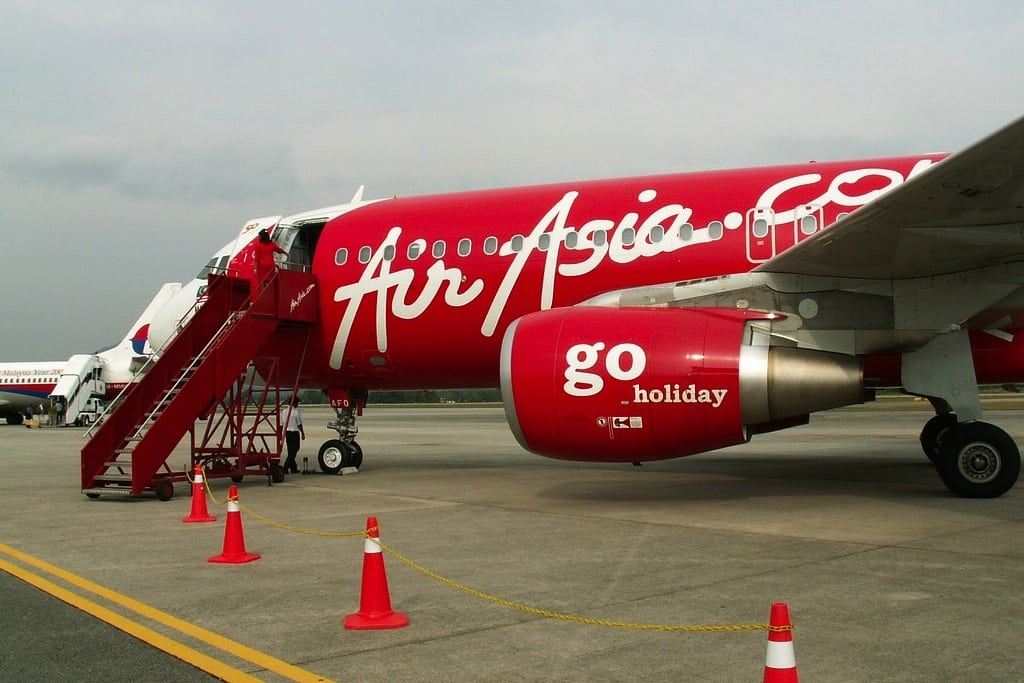Skift Take
We hope that this accident and the missing Malaysia Airlines
plane will lead to the modernization of air traffic control that
governments and airlines have delayed for so long.
— Jason Clampet
plane will lead to the modernization of air traffic control that
governments and airlines have delayed for so long.
— Jason Clampet

It took about two minutes for air-traffic control to respond to
AirAsia Bhd.’s ill-fated Flight 8501 when the pilot requested permission
to elevate the plane, according to Indonesia’s air navigation operator.
In the final communication from the plane, one of the pilots asked to
climb to as high as 38,000 feet, said Wisnu Darjono, director at AirNav
Indonesia, citing a transcript of the conversation from the National
Transport Safety Committee. Air traffic control authorized the plane to
ascend only to 34,000 feet about two minutes later, after which contact
was lost, Darjono said.
Accuweather.com data shows there were storms along the path of the
plane, which Indonesia’s air transport director has said was flying at
32,000 feet.
Air-traffic control “couldn’t immediately give permission to fly at
38,000 feet because checks needed to be made to see if there were other
planes nearby,” Darjono said in a phone interview. The “pilot didn’t
reply.”
As divers seek to find the plane’s black boxes, those final minutes
may provide crucial clues as to what caused the Airbus Group NV A320
plane to crash on Dec. 28 with 162 people on board into the ocean near
Pangkalan Bun, about 600 miles southeast of Singapore. Rescuers started
pulling bodies and debris from the water yesterday.
AirNav can’t publish the transcript, as only the National Transport
Safety Committee has the authority to do so, Darjono said. He declined
to provide further details from the transcript.
Rough Weather
Rough weather was hampering the search today.
“We have 1,000 flights a day and until we have the investigation we
cannot make any assumptions as to what went wrong,” AirAsia Group Chief
Executive Officer Tony Fernandes told reporters yesterday. “All I can
say is the weather in Southeast Asia is very bad at the moment.”
Losing the AirAsia plane caps the worst year for air-passenger
fatalities since 2010. The AirAsia pilots didn’t send a distress signal,
drawing comparisons with Malaysia Airlines Flight 370, which went
missing in March en route to Beijing from Kuala Lumpur. The hunt
continues for that plane, the longest search for a passenger jet in
modern aviation history.
To contact the reporters on this story: Herdaru Purnomo in Jakarta at hpurnomo1@bloomberg.net; Kyunghee Park in Singapore at kpark3@bloomberg.net. To contact the editors responsible for this story: Anand Krishnamoorthy at anandk@bloomberg.net.
No comments:
Post a Comment